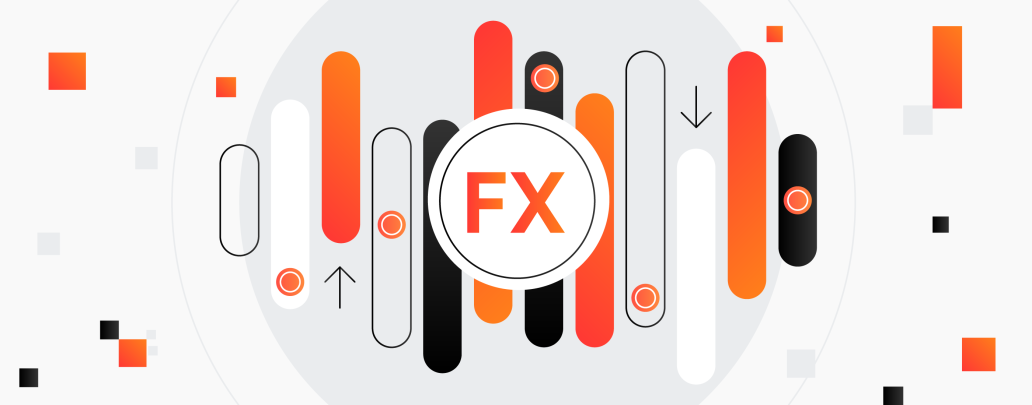What is SWIFT ISO 20022 and what does it mean for your business?

SWIFT is a global network that allows banks to communicate with each other to carry out international money transfers. It has a 50-year history and aspects of its operations need to be periodically updated to keep up with changes in the complexity and volume of global financial transactions.
One such evolution took place recently when SWIFT updated its messaging standard. The previous format was becoming limited in its ability to convey rich data and support evolving business needs. SWIFT ISO 20022 is a more robust and flexible messaging standard that ensures that financial institutions across the world can communicate without errors.
This article will explore how and why SWIFT ISO 20022 came about, how it will impact global financial communications and any implications for businesses, as well as touching on alternatives to SWIFT.
Understanding SWIFT ISO 20022
ISO 20022 was first introduced by the International Organization for Standardization in 2004 to give the financial industry a standard platform for developing messages in one eXtensible Markup Language (xml) rule. Its aim was to improve communication between global financial institutions. Changes needed to be made to both the syntax (structure and form) of the message and also the semantics (meaning) of those messages.
While existing messaging languages are not unified and have limited data capacity, the new ISO 20022 is globally consistent and allows for richer data sets.In recent years, countries and financial institutions have been working towards introducing a payments architecture that’s ISO 20022-ready, and this transition period is expected to last until late 2025.
In the UK, for example, financial institutions have been able to send enhanced ISO 20022 payment messages since 2023, and mandatory changes will start to take effect in 2024. In Australia, both the new ISO standard and older messaging formats have been used since 2023, with the old system expected to be phased out by 2024 for domestic payments and 2025 for cross-border payments.
Unlock global growth
Benefits of migrating to ISO 20022
ISO 20022 has been described as not just a technology investment, but the future of payment rails. It comes with a host of benefits. These include:
Global reach: Messages will be compatible with payment systems around the world.
Flexibility: ISO 20022 can adapt more quickly than current messaging standards, so it’s more responsive to changes in the economy, emerging technologies and innovation.
Harmonised integration: This includes smooth integration with real-time payment (RTP) schemes.
Enriched structured data: Enables more detailed reference information that supports identification and automated reconciliation, enables fintech innovation, and can improve decision-making through analytics.
Compliance and regulation: Richer data can help with anti-fraud and anti-money laundering (AML) controls.
Transparency and efficiency are increased.
Business implications of ISO 20022
As well as banks using ISO 20022 to communicate with each other, businesses can use the format to communicate with financial institutions. They can also use the messaging format internally to streamline operations and enhance data management. Purposes for this include:
Internal payment processing workflows: Allowing rich data to be included in payment messages enables easier reconciliation, improved accuracy, and faster processing times.
Financial reporting purposes: Transmitting data between different departments or systems can facilitate better decision-making and financial analysis.
Treasury operations: The standardised and data-enriched format allows better visibility into cash flows and financial positions. This can help with cash management, liquidity forecasting and risk management.
Compliance and anti-fraud measures: Linking Know Your Customer (KYC) and end beneficiary details to a payment can help combat financial crime, such as money laundering and fraud. Businesses can also use ISO 20022 messages to ensure compliance with regulatory obligations by including the necessary data elements required for reporting purposes.
Implementing ISO 20022 can create consistency when businesses are working with different banks and payment services. It can also be seen as a way of future-proofing a company’s business finance. The Bank of England has recommended that businesses turn to their banks and payment providers to help them understand the requirements and opportunities involved. SWIFT has also compiled a list of FAQs about ISO 20022 that can be accessed here.
Challenges of migration to ISO 20022
Although there are many opportunities associated with migration to ISO 20022, there can also be challenges involved. The process may be complex and resource-intensive, requiring changes to IT systems, application and infrastructure, as well as business workflows. Employees may require training and skills development to understand the intricacies of ISO 20022 and how it impacts their responsibilities. Testing during the migration process will be critical to ensure that ISO 20022 messages are processed accurately and efficiently.
A fast and cost-effective alternative to SWIFT
SWIFT has been dominating the payments ecosystem for decades, but a new generation of payment providers are now offering efficient payment methods that can bypass this network, saving businesses time and money.
Airwallex enables fast, cost effective global transfers that leverage local payment networks such as SEPA and ACH to ensure payments are received promptly. 70% of Airwallex transfers arrive instantly or on the same day, and over 90% of Airwallex payments go through local payment rails rather than the SWIFT network.
It’s a more financially efficient payment method for sending funds across borders, too. Airwallex offers multi-currency accounts with branch details in multiple countries, allowing you to operate like a local in more than one territory and letting you avoid unnecessary currency conversion fees. Where conversions are necessary, Airwallex offers the basic interbank exchange rate rather than adding a hidden markup as many banks do.
Airwallex also allows you to connect your payments to your accounting software to automate reconciliation and send up to 1,000 global payments in bulk across countries, currencies and payment methods.
Click here to learn more about Airwallex transfers or sign up today.
Streamline your financial operations
Share
Related Posts

Guide to payment gateway integrations: How to get started
•12 minutes

